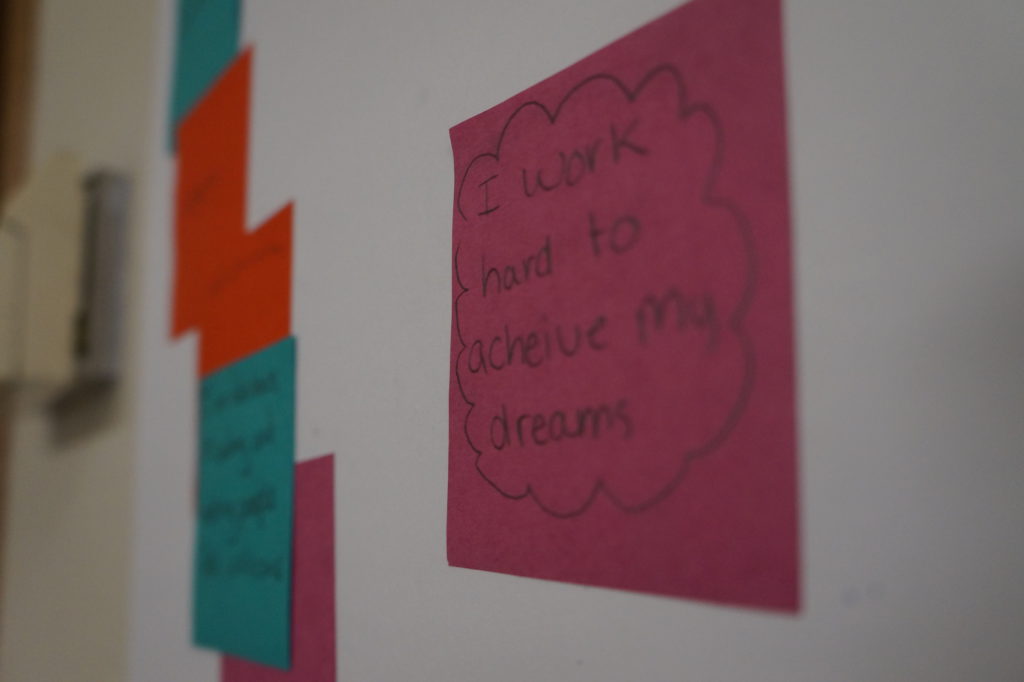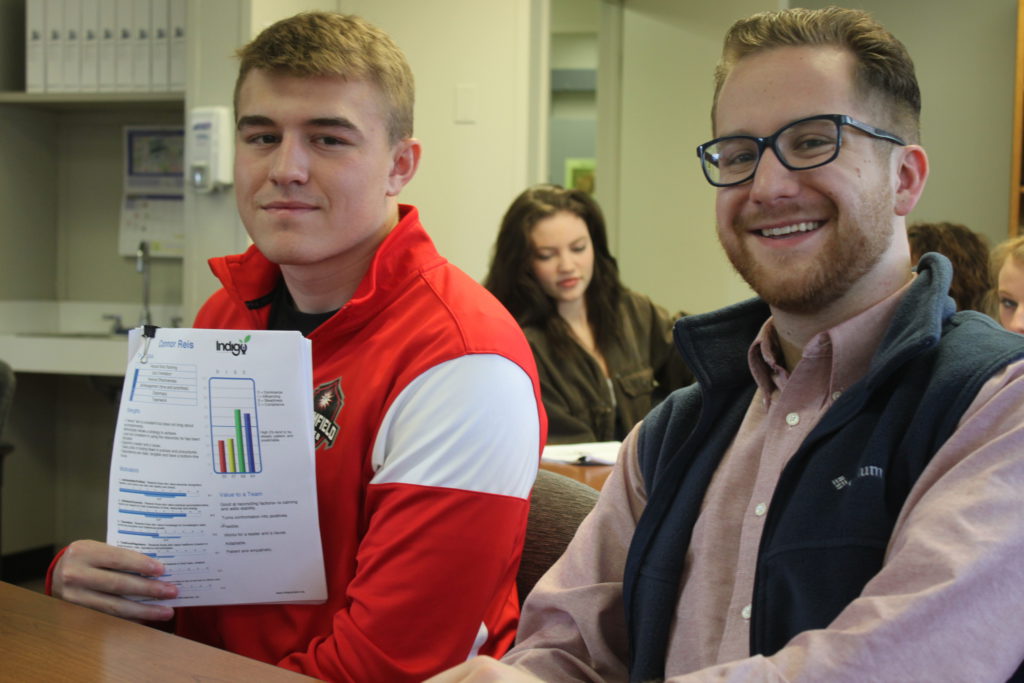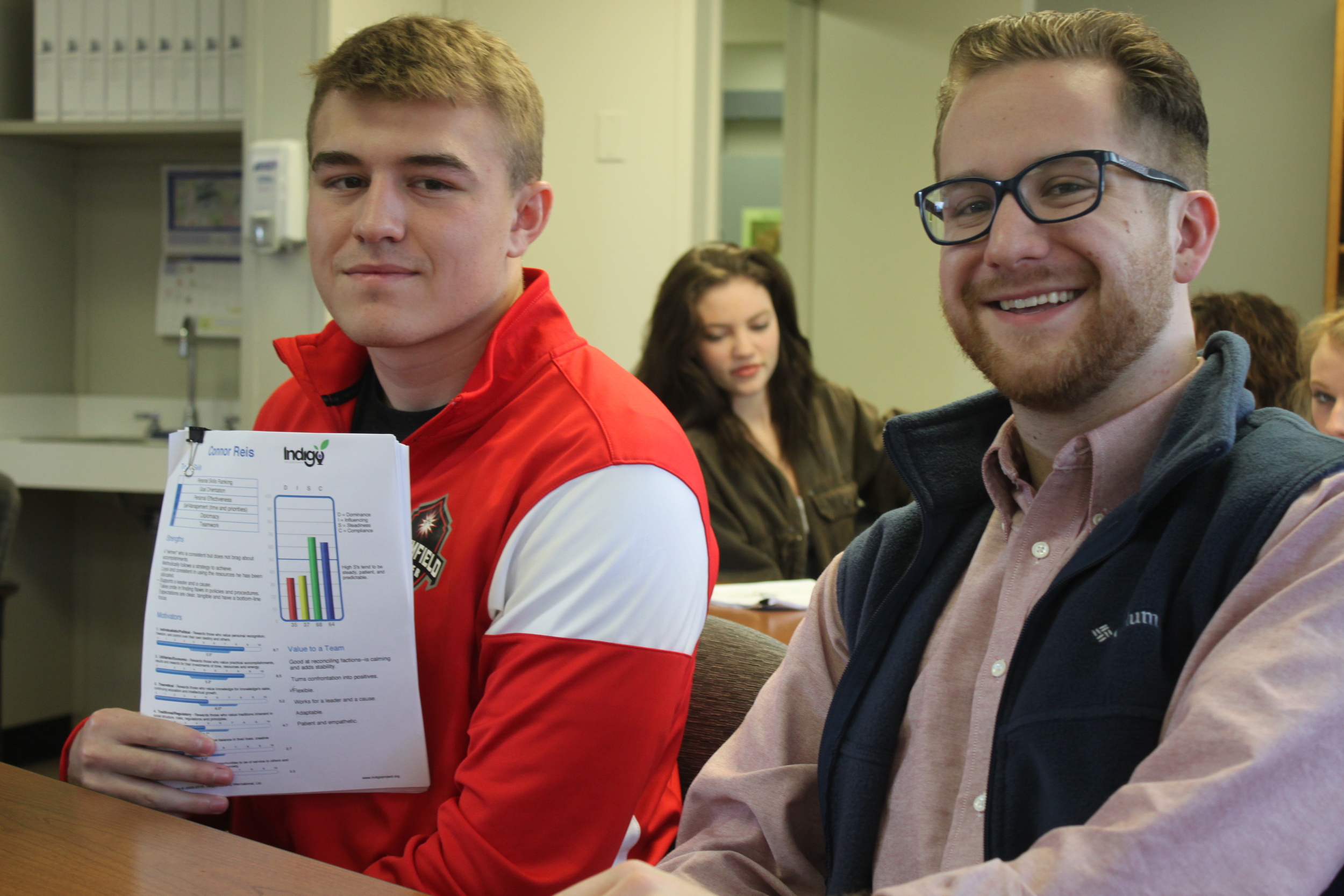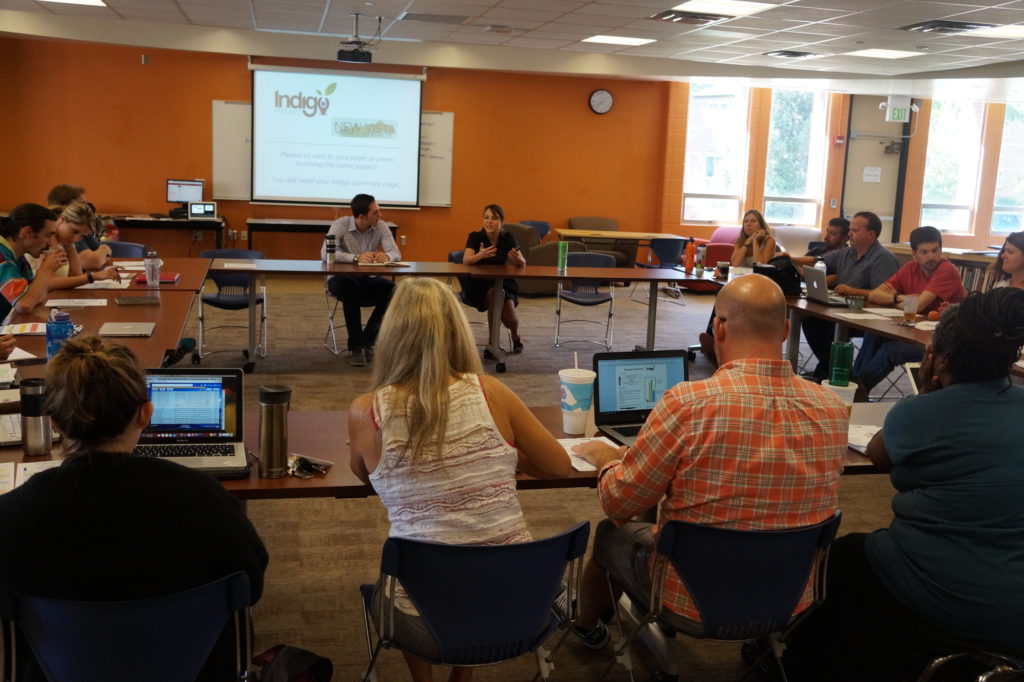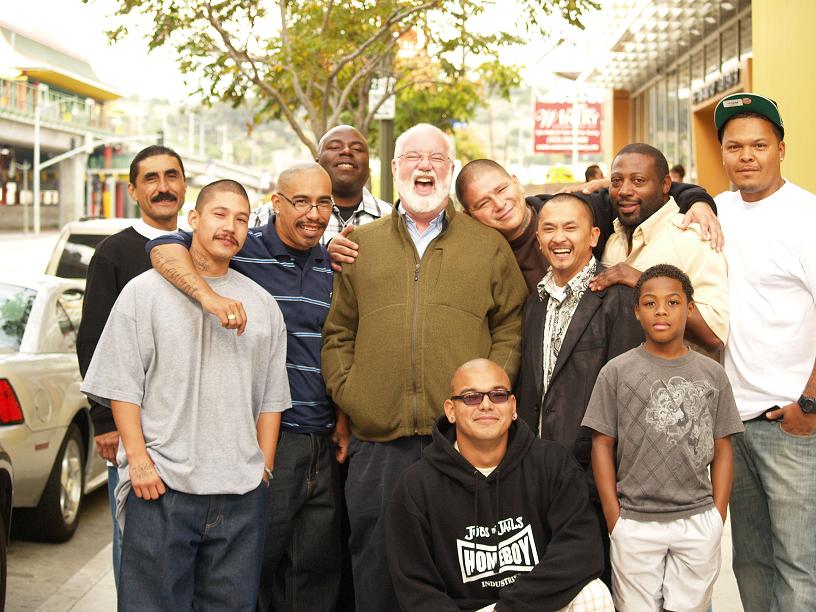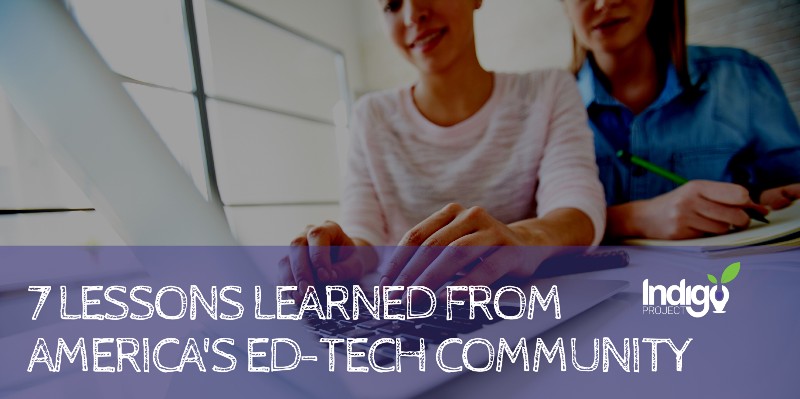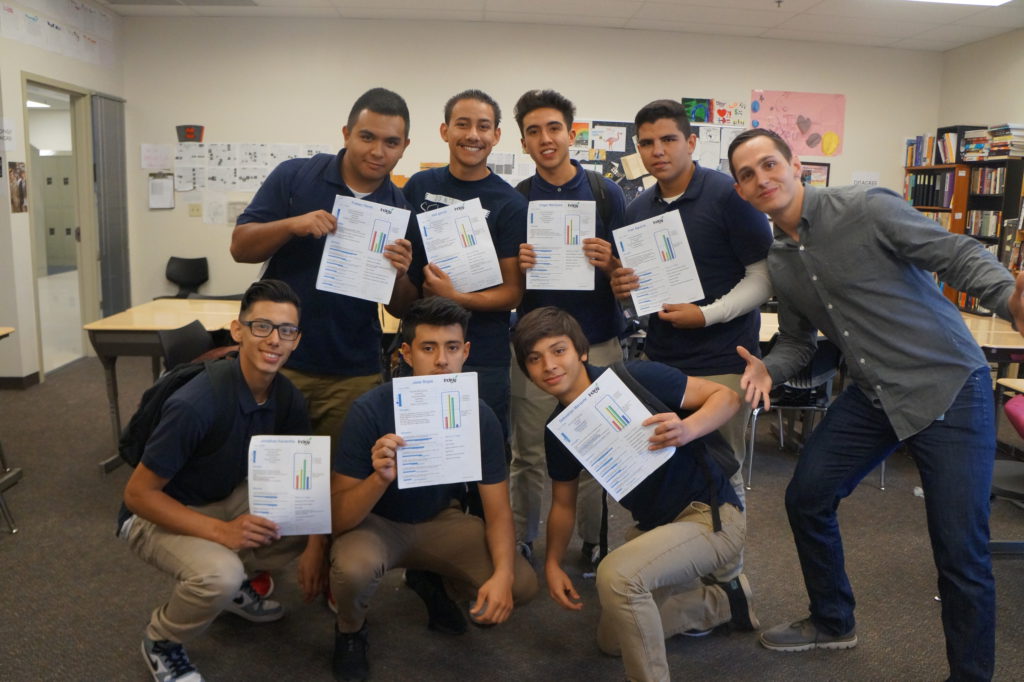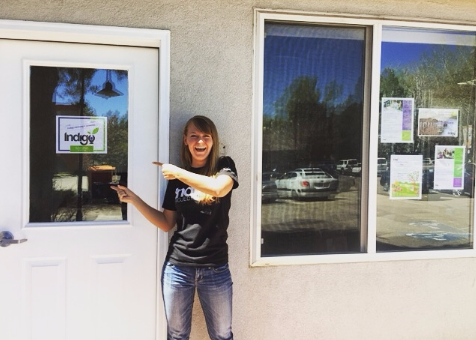Indigo’s Theory of Change Explained
Indigo’s Theory of Change Explained
May 5th, 2016, written by Nathan Robertson
How do you change schools when educators are at their breaking points, students feel disconnected with the school, and administrators feel like their Masters in Education Leadership did nothing to prepare them for operating a school well?
Some schools seem to change with ease. They bob and weave with the trends and are always launching new programs with forward-looking agendas. The parent community always rallies behind them with support. Students are writing their own publications, starting businesses, and spend off periods pursuing passion projects.
Some schools are like that. Some.
Some schools are struggling to make it through each day. They can’t bob and weave – they get hit hard by each changing trend and policy. New ideas and initiatives get lost in subcommittees and inner-school politics. Parents are sullen, unhelpful, and often are only a source of complaints. It’s a struggle to get students in desks, yet alone see them learn anything they will apply to their lives.
Many schools, I fear, are more like that.
There is a bevy of big ideas in education – and a countless number of school models – trying to make schools nimble, quick, and agile when it comes to change. But which ones do you pick? How do you prioritize what resources to use when changing a school? How do you make teaching kids social emotional learning or training teachers in lean launch techniques relevant? How do you deal with financial limitations?
Where do you begin?

Often times, it is unclear. Schools don’t know where to begin, and the resources do nothing but overwhelm them even more.
At Indigo, we have developed a working hypothesis based on our work with dozens of schools. We are getting a clearer sense of what is needed to equip a school to change its culture and self-sustain transformation towards a safe, positive environment focused on personalized learning.
How do you change a school? First, you change the people in your school.
The Three Pillars in a School
Change begins with aligning the three main constituents of education: students, leadership and teachers. Successful change only happens when these three groups are aligned. If students aren’t onboard, no new ideas stick. If leadership isn’t onboard, the best ideas are stifled. If teachers aren’t onboard, then the classroom experience won’t change – no matter what ideas students and leadership push forward.
Abraham Lincoln once said, “A house divided against itself will not stand.” If a house divided against itself cannot stand, what makes anyone think schools will fare any better when divided?
That’s why it is so important to engage these three pillars. It’s the key to successful change.
Students – Bottom-up, “The Groundswell”

Students are the reason why the education industry exists. If society ever reverted back to parents teaching their children, then teachers, principals, policy makers, and think tank education researchers are all out of jobs. We are employed out of an obligation to develop this nation’s youth.
However, it is not uncommon for students’ voices to go unheard. This does not just happen at struggling, financially strapped schools. I have been at successful college-prep academies where students feel they have no choice in their education path.
Students need to be met not only “where they are”, but also as “who they are.” By meeting students where they are and as who they are, schools pave the way for student-centered and personalized learning.
It’s easy to write off the ideas of a 15-year-old high school student. But the best innovations come from people on the ground level. Factory workers can identify better improvements than an engineer who has never stepped in the plant. Servers see better ways to please customers than a manager who sits in the back office.
Just think about what sort of insights educators could get if they really took time to understand who students are, what they are passionate about, and then change the way they teach.
Leadership – Top-down, “The Gatekeepers”
Principals, headmasters, and CMO directors are shaping the landscape of education. They choose school models, handle hiring, start initiatives, and control the direction of schools. Sometimes it is a leadership team – sometimes it is an individual who rules carte blanche through force of personality. Regardless of structure, leadership choices cascade down to affect our teachers and students.

Some leaders struggle with the idea that their school needs to change – to admit the need is to admit failure. They close off to new ideas from their faculty and students. Other leaders are under pressure from their board or community and feel they can’t change – even if they want to change.
Principals and high-level administrators must understand what needs to be done and “buy in” to innovation.
Different leaders have different motivations. Some will be convinced through data. Some will be convinced by arguing with them that change will do good for the students. Strategies vary. Once leadership is onboard, however, resources can begin to move to gain momentum for change.
Teachers – Pivot Point, “The Go-Getters”

Teachers are the true change makers in schools. They run the classrooms. They have meaningful relationships with students. They are training, coaching, and evaluating every young person that comes into their rooms. The modern teacher is part content master, part assessment expert, and part personal Sherpa.
Teachers stand as the intermediary between students and leadership. Without them, neither side would be heard by the other. If a school’s teachers simply stayed in the classroom and didn’t mind the rest of the school environment, then schools would fall apart into pieces. Culture cannot be built without the support of teachers.
Teachers must be the pivot point in bridging communication, idea generation, and implementation for students and leadership.
Many administrators I speak with groan about “the one time the school tried to do such-and-such professional development program, but the teachers didn’t respond well to it.” Imagine if you could get teachers excited for a shift that is part of the long-term vision. What would your school look like?
It’s Not Easy, but Easy Work is Boring

All of Indigo’s work centers around bringing these three pillars together. We are the catalyst that aligns these key stakeholders and drives them towards culture change and personalized learning. We have seen that when schools begin to get all three groups on the same page, change occurs organically and is sustained from within the school without support from Indigo.
Schools thrive when students are engaged, leadership is motivated, and educators construct the bridges for change. Our vision is to create a world where those schools exist in every county, city, and state in the country. At Indigo, we work everyday to make that a reality.
Indigo’s Theory of Change Explained Read More »




